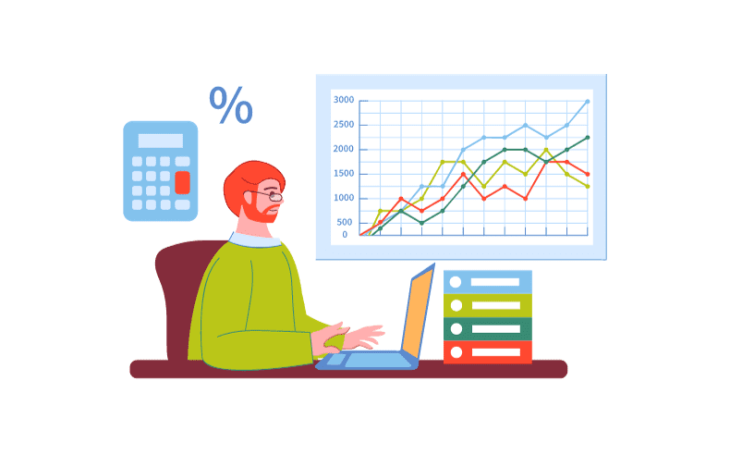
Related Post

How GSTN on Account Aggregators are Making Business Lending Smarter and Faster?
A world where getting a business loan is as easy

The Indian Loan Management System – During and After the Pandemic
The pandemic has affected individuals, businesses, communities and economies globally.

How Mobility Is Transforming The Lending Sector
If someone told us a decade ago, how mobility is

